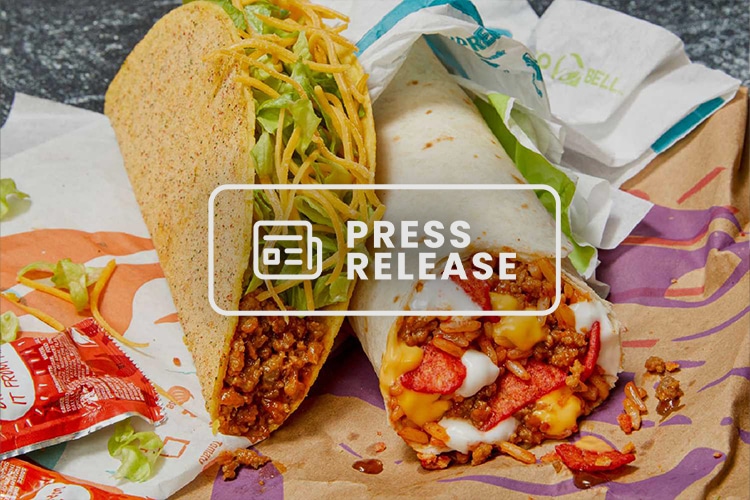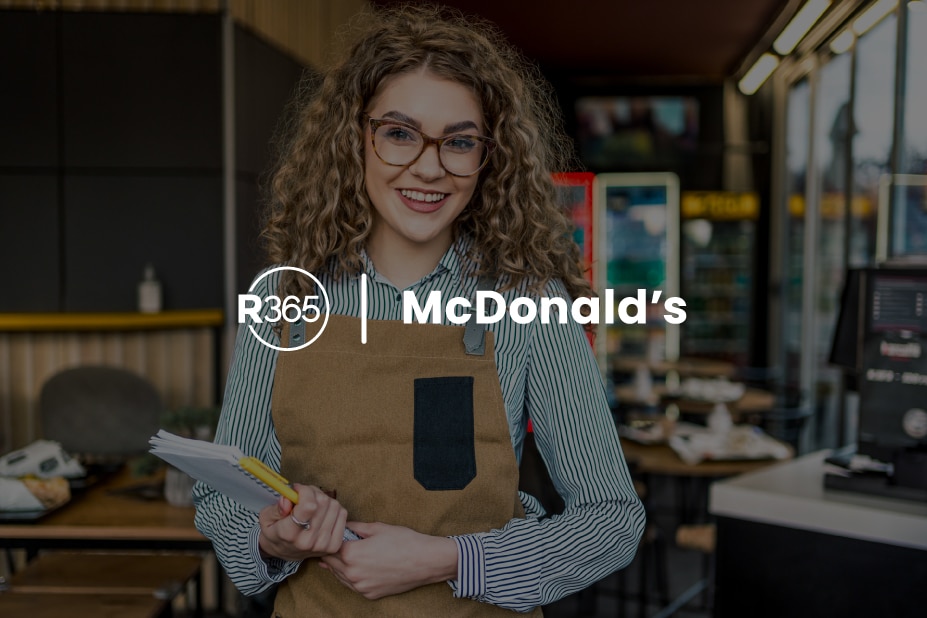Your restaurant’s menu engineering strategy impacts your menu mix, pricing, and your overall profitability. Leveraging a mix of operational reporting tools that focus on menu profitability helps you maximize revenue and adds to your bottom line.
With restaurant management technology, you can use menu engineering tools to inform your data tracking and decision making. Operational reporting tools such as your actual versus theoretical (AvT) food cost tracking can help you optimize your existing menu and make data-driven decisions about future menu adjustments.
You are already generating data about your food cost, menu items, and sales levels. Leveraging that data to improve your menu allows you to become even more strategic in your menu development.
How menu engineering works
Menu engineering is a system of restaurant analytics that can help improve your bottom line. At its core, menu engineering tracks the profitability of menu items individually, as well as your product sales mix. This granular analysis allows you to compare each menu item’s profitability and popularity.
Ultimately, menu engineering tools allow you to pinpoint where you can make adjustments that optimize your bottom line. You can use this information to make changes such as promoting your most profitable items or making ingredient or pricing adjustments that increase individual item profitability.
How POS integration fits into menu engineering
Your point of sale (POS) system tracks a lot of valuable information about your restaurant, such as your sales history. When your POS system is fully, seamlessly integrated with your inventory management system, you can use that data in your menu engineering strategy.
First, with full POS integration, recipe costing can be automated. Recipe costing pulls up-to-date numbers from your Inventory management software, plus sales information from your POS system. With this data, you can automatically calculate food cost and profit for individual menu items.
POS integration can also provide data for actual versus theoretical food (AvT) cost variance (explored below) helping you track how efficiently you are using what you spend on food.
Finally, POS integration data about sales mix polling, combined with your recipe costing, allows you to compare how much of an item you’ve sold in relation to item margin. This functionality is the foundation of menu engineering decisions, driving your strategy based on popularity and profitability.
Leverage these six operational reports to boost your menu engineering
Menu engineering can cover a wide scope of data points, but there are a few critical operational reports to become familiar with as your foundation.
1. Recipe Costing
Your recipe costing is a crucial piece of many other operational reporting tools, and it must be completed before you can fully leverage AvT analysis or menu engineering insights.
Essentially, recipe costing determines the exact profitability of an individual menu item. Recipe costing records the usage and yield of each ingredient in your menu items, calculating the cost of ingredients and purchasing down to the penny.
While it is possible to do recipe costing manually, it is very difficult, time consuming, and error prone. There are some available tools, such as a recipe cost calculator, that can be used to manually record totals. However, for both accuracy and efficiency, most operators automate recipe or menu costing with restaurant operational reporting software.
Recipe costing is generally a one-time process, completed at the beginning of your menu engineering journey. Moving forward, if you are using inventory management software that is fully integrated with your POS, any price changes from the vendor side are updated automatically within your recipe costing calculations.
2. Menu Item Analysis
Your menu item analysis is the report that ranks profitability versus popularity. It’s one of the most helpful reports for analyzing your marketing strategy for your menu items to turn a higher profit.
Menu item analysis maps out the margin for individual items, ranked against the quantities sold over a period time. It uses this information to place items into four categories, each designated with a specific advised action:
- Star: popular and highly profitable, this item should be heavily promoted and featured.
- Puzzle: popular but not highly profitable, this item should maybe be featured less prominently on the menu, or a price change considered.
- Opportunity: not popular but highly profitable, this item should be featured on your menu and promoted more often.
- Dog: not popular and not highly profitable, this item may have to be entirely reworked or potentially taken off your menu.
This report is especially valuable because it offers actionable insights for your restaurant. Do you need to make menu price adjustments or reconsider your promotions for the next quarter? You can base your decisions on the nitty-gritty details of your menu items.
You can also run this report by location, which allows you to discover where there may be variances in between locations that are skewing the food cost in specific markets.
3. Menu Price Analysis
The menu price analysis report displays the recipe cost for a specific menu item, compared to the selling price. Based on these two data points, you can examine the profit for each menu item. With this information in hand, you can track which items hit your target profit percentage and view which items you may consider adjusting.
4. Product Mix Year Over Year
Your product mix year-over-year compares your current revenue for your menu items compared to the prior year’s sales dollars. This allows you to see the year-over-year difference, either for specific individual menu items or even menu categories.
Armed with this information, you can recognize menu trends that inform business decisions, whether for menu engineering or promotional campaigns. You can make decisions about promoting certain items, or removing them from the menu, to optimize your profit.
5. Actual vs. Theoretical Food Cost Analysis
Your AvT food cost tracking compares what you should have spent on your food cost in theory, versus what you actually spent, given sources of error like improper portioning or kitchen waste.
This key operational report allows you to measure AvT analysis in both dollars and quantities, as well as examine transactions that inform the numbers and an overall summary by category. With this deep information about quantity and cost of menu items, you can dive into where you have the biggest variances.
This is one of the most useful reports in the menu engineering ecosystem, because it gives you information that you can immediately act on. Starting with items that have the largest variances, you know where you can make the biggest difference and quickly start to add efficiencies in your food operations.
6. Item Cost by Location
Finally, your item cost by location report tracks total food cost purchases for your restaurant business over a certain date range, broken out by food cost category per location. You can drill down into the report to review current costs and recent purchase transactions.
This report allows you to review the total purchases in different categories or items, viewing location numbers side-by-side. Once you are armed with this information, you can use the totals and averages to potentially discuss price breaks and volume negotiations with vendors.
Conclusion
Your restaurant’s menu is key to your profitability. Leveraging menu engineering tools and reports can help you optimize your menu and set your restaurant business up for success.
If you would like to easily track data and gain insight into your restaurant data to increase efficiency and boost profits, consider a comprehensive, restaurant-specific management solution. Restaurant365 is an all-in-one restaurant management system incorporating menu engineering reporting tools with restaurant accounting software, restaurant operations software, inventory management software, payroll + HR software, and scheduling software in a cloud-based platform that’s fully integrated with your POS system, as well as to your food and beverage vendors, and bank.



